[jcolumns model=”1,3″]
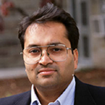
[jcol/] Prof. Amit Lal (Cornell University)
SonicMEMS Laboratory works on very diverse topics aimed at transforming the way world can be viewed. Topics such as (1) linear and nonlinear effects of ultrasound for microfluidics, (2) applications of radioactive thin films for power and lithography, (3) microprobes for surgery and bioinstrumentation, (4) nanoelectromechanical effects, (5) hybrid insect microsystems, (6) micromechanical solar energy, (7) and chip scale particle accelerators, are among the current foci of the group.
http://www.sonicmems.ece.cornell.edu/index.html
[/jcolumns] [jcolumns model=”1,3″]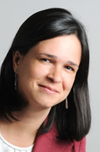
[jcol/]
Prof. Ana Arias (UC Berkeley)
Prof. Arias was the Manager of the Printed Electronic Devices Area and a Member of Research Staff at PARC, a Xerox Company. She went to PARC, in 2003, from Plastic Logic in Cambridge, UK where she led the semiconductor group. Her research focuses on the use of electronic materials processed from solution in flexible electronic systems. She uses printing techniques to fabricate flexible large area electronic devices and sensors.
http://www.eecs.berkeley.edu/Faculty/Homepages/acarias.html
[/jcolumns] [jcolumns model=”1,3″]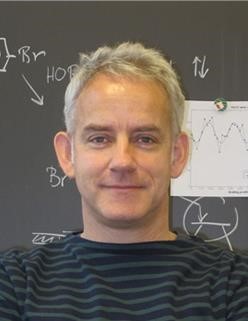
[jcol/] Prof. Marcel Mayor (University of Basel)
In 2004 he got the Erwin Schrödinger award together with Frank Hennrich, Ralph Krupke and Heiko Weber for the common research on “Molecules for future Nanoelectronics”.
He is research dean of the faculty of natural sciences of the University of Basel
The research focus of the group is geared towards bottom-up approaches to nanotechnology, inter-disciplinary experiments between chemistry and physics and new materials with tailored properties. However, the main expertise and skills of the group remains preparative chemistry and organic synthesis.
http://www.chemie.unibas.ch/~mayor/
[/jcolumns] [jcolumns model=”1,3″]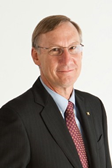
[jcol/] Professor Steve Forrest (university of Michigan)
In 1992, Prof. Forrest became the James S. McDonnell Distinguished University Professor of Electrical Engineering at Princeton University. In 2006, he rejoined the University of Michigan as Vice President for Research, and as the William Gould Dow Collegiate Professor in Electrical Engineering, Materials Science and Engineering, and Physics. In 1998 he was co-recipient of the IPO National Distinguished Inventor Award as well as the Thomas Alva Edison Award for innovations in organic LEDs. In 2006 he received the Jan Rajchman Prize from the Society for Information Display for invention of phosphorescent OLEDs, and is the recipient of the 2007 IEEE Daniel Nobel Award for innovations in OLEDs. He is co-founder or founding participant in several companies, including Sensors Unlimited, Epitaxx, Inc., Global Photonic Energy Corp., Universal Display Corp. (NASDAQ: PANL) and ASIP, Inc., and is on the Board of Directors of Applied Materials and PD-LD, Inc. He has also served from 2009-2012 as Chairman of the Board of Ann Arbor SPARK, the regional economic development organization, and serves on the Board of Governors of the Technion – Israel Institute of Technology.
http://www.umich.edu/~ocm/index.html
[/jcolumns] [jcolumns model=”1,3″]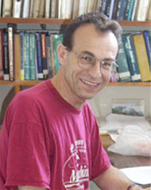
[jcol/] Prof. David Cahen
DC’s main research interests lie in exploring chemical means to control the electronic and optical properties of materials. He has had a keen interest in solar energy conversion ever since participating in the first Earth Day as a beginner PhD student, and in earlier studies co-invented and developed a solar cell, a device that uses solar energy to generate electrical power, of a new type – one that also stores electricity. He also contributed to the understanding and assessing the efficiency of the photosynthetic apparatus of plants and algae. His atomic-level research has helped to define the chemical limits of semiconductor miniaturization and contributed significantly both to the basic understanding and the practical use of several types of solar cells. His current research is aimed at understanding how simple organic molecules and complex biomolecules, such as proteins, can function as optical-electronic materials, how they can work in devices such as solar cells and sensors, and how to improve solar cells, in terms of materials and use of light.
http://www.weizmann.ac.il/materials/Cahen/
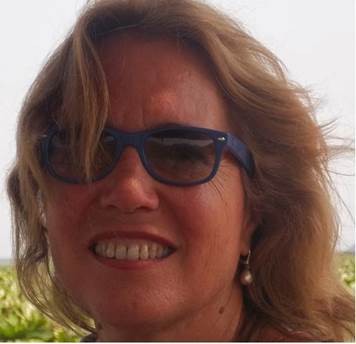
[jcol/] Dr. Eynat Matzner (Director of materials R&D at Stratasys) [/jcolumns] [jcolumns model=”1,3″]
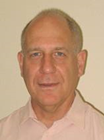
[jcol/] Prof. Dan Ritter (Technion IIT)
His research areas include:
Fast Indium Phosphide Heterojunction Bipolar Transistors
Fast electronic circuits
Fast optoelectronic integrated circuits (OEICs)
Silicon CMOS radio frequency integrated circuit (RFIC) design
Indium phosphide based crystal growth by MOMBE for all applications – lasers, modulators, quantum dots.
http://ritter.eew.technion.ac.il/
[/jcolumns] [jcolumns model=”1,3″]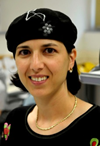
[jcol/] Prof. Shulamit Levenberg (Technion IIT)
Vascularization of engineered tissues. Stem cell ifferentiation on 3D scaffolds.Controling stem cell microenvironments
http://www.bm.technion.ac.il/Labs/stem/default.aspx
[/jcolumns] [jcolumns model=”1,3″]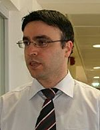
[jcol/] Prof. Hossam Haick (Technion IIT)
Hossam Haick is a Professor in the Technion – Israel Institute of Technology and an expert in the field of nanotechnology and non-invasive disease diagnosis. Prof. Haick is the recipient of the prestigious Marie Curie Excellence Award, ERC Award, and the FP-7 Health Award. He is also the recipient of more than 42 honors and prizes for his achievements. Prof. Haick is the founder and the leader of a European consortium of eight universities and companies for the development of advanced generation of nanosensors for disease diagnosis. The research interests of Prof. Haick include nano-array devices for screening, diagnosis and monitoring of disease, nanomaterial-based chemical sensors, breath analysis, volatile biomarkers, molecule-based electronic devices, and electronic charge transport through organic molecules.
Website: http://LNBD.technion.ac.il and www.lcaos.eu
[/jcolumns] [jcolumns model=”1,3″]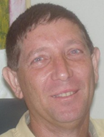
[jcol/] Prof. Yosi Shacham-Diamand (Tel-Aviv University)
http://www.eng.tau.ac.il/research/laboratories/shacham-grp/
[/jcolumns] [jcolumns model=”1,3″]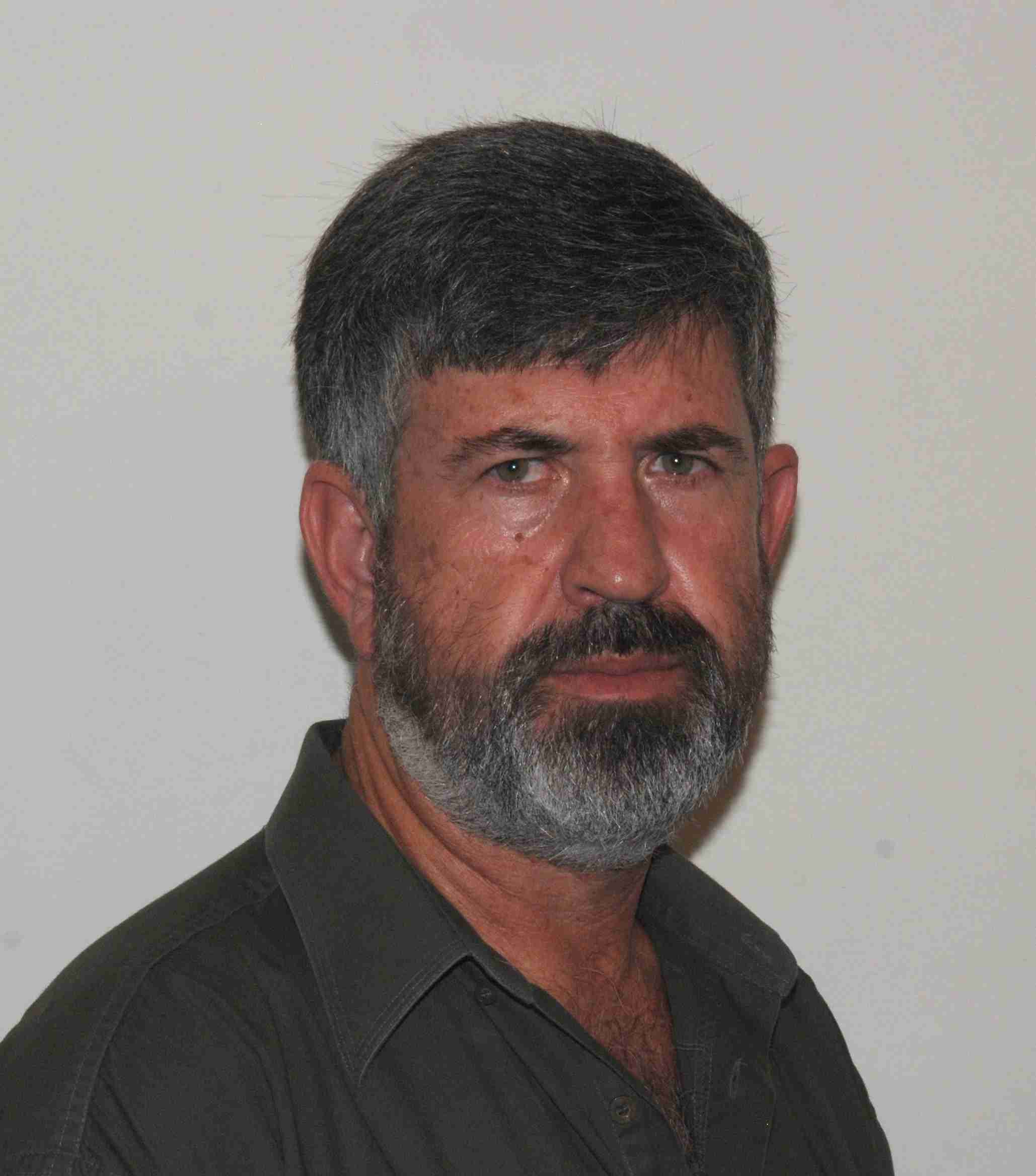
[jcol/] Dr. Moti Katz (Soreq NRC)
His research areas include:
Nonlinear optical materials and devices for frequency conversion.
Electrical and optical characterization of arsenides-antimonides based infrared devices.
Metalorganic Chemical Vapor Deposition (MOCVD) epitaxy of III/V compounds.
Dr. Moti Katz is heading the Solid State Devices group, Applied Physics (Electro-Optics) Division, Soreq NRC.
Soreq NRC is an applied R&D Institute affiliated to the Israeli Atomic Energy Commission.
http://www.soreq.gov.il/default_EN.asp
[/jcolumns] [jcolumns model=”1,3″]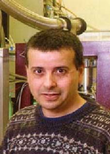
[jcol/] Prof. Eyal Buks (Technion IIT)
Eyal Buks received the B.Sc. degree in mathematics and physics from Tel Aviv University and the M.Sc. and Ph.D. degrees in physics from the Weizmann Institute of Science. His graduate work concentrated on interference and dephasing in mesoscopic systems. He was a Postdoctoral Scholar with the California Institute of Technology (Caltech), Pasadena, studying experimentally nanomechanical devices. He is currently an Associate Professor with the Technion. His current research is focused on nanomachining and mesoscopic physics.
http://buks.net.technion.ac.il/
[/jcolumns] [jcolumns model=”1,3″]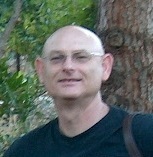 [jcol/]
[jcol/]
Dr. Zvi Kotler, Orbotech Inc., Yavne, Israel
ZK leads the Additive Manufacturing Group, part of Orbotech’s Global Product Organization.The group develops direct write metallization methods using laser printing, sintering and micro-machining and provides solutions to manufacturing and yield challenges in PCB, Display and printed electronics.
[/jcolumns] [jcolumns model=”1,3″] [jcol/]
Prof. Yuval Yaish (Technion IIT)
[jcol/]
Prof. Yuval Yaish (Technion IIT)
Our group research interest includes the following area:
- Nano Electro Mechanical System (NEMS) based on CNTs and Graphene
- CNTs and Graphene Electronics
- Chemical Sensors
- 3D Structures composed of CNTs and Graphene
http://carbonlab.net.technion.ac.il/
[/jcolumns] [jcolumns model=”1,3″]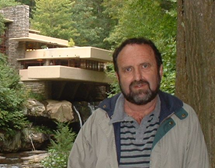 [jcol/]
Dr. Jeremy Greenblatt
[jcol/]
Dr. Jeremy Greenblatt
Since 1989 Dr. Jeremy Greenblatt is a senior researcher in the Physical Chemistry department of the Israel Institute for Biological Research (IIBR). His research interests include task-oriented development of chemical sensors, MEMS-based micro-analytical systems, emerging technologies for chemical sensor applications and inkjetting of nano-materials for use in chemical sensors.
After graduating from the Hebrew University of Jerusalem in 1979 Dr. Greenblatt was a post-doc at IBM and completed several sabbaticals at leading sensor groups: at NRL, NIOSH/NPPTL, Carnegie Mellon University and Tel Aviv University.
http://www.iibr.gov.il/Environmental-Sciences/Point-Detection.aspx